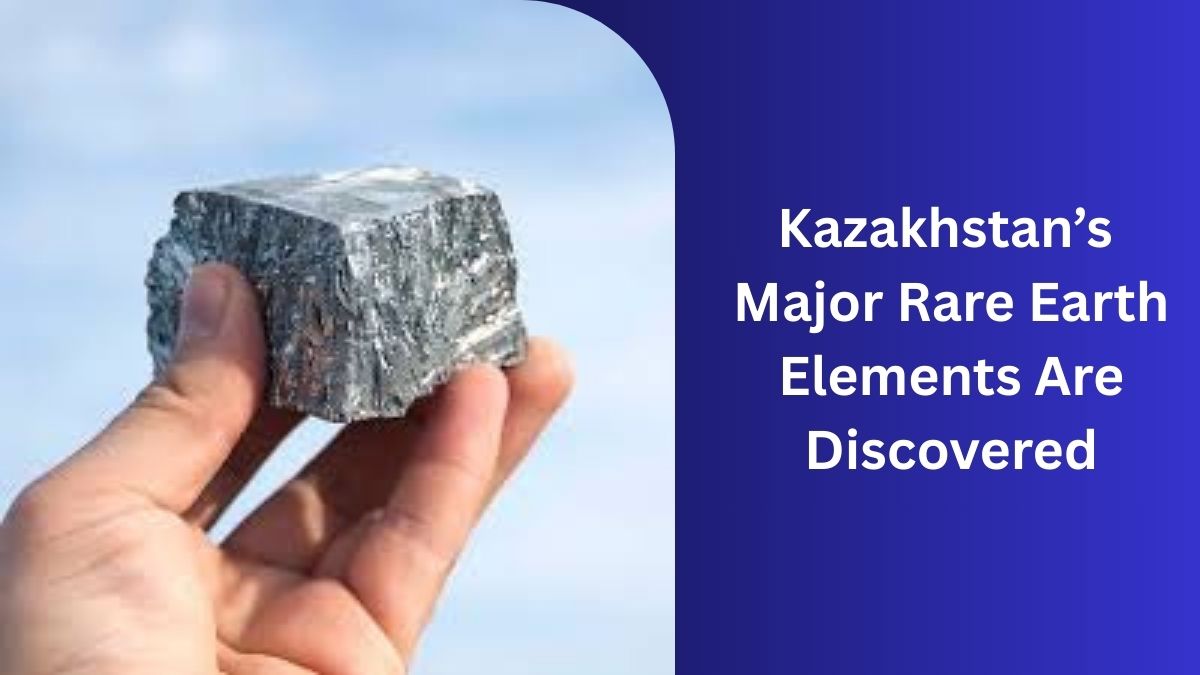Kazakhstan has uncovered its largest-ever reserve of rare earth metals at the Kuirektykol site in the Karaganda region, marking a transformative moment for the country’s mining industry and its position on the global resource map. With nearly one million tons of rare earth elements (REEs) and potential reserves exceeding 20 million tons in the broader Zhana Kazakhstan zone, this discovery could position Kazakhstan as a major player in the critical minerals sector. As the world races toward green technology and reduced dependence on dominant suppliers like China, Kazakhstan’s find could not be more timely.
Key Highlights of the Discovery
Discovery Site
- Kuirektykol site, Karkaraly district, Karaganda region; ~300 km southeast of Astana.
Estimated Reserve
- Kuirektykol: ~1,000,000 tons of rare earth metals.
- Irgiz zone (within Kuirektykol): ~800,000 tons.
- Zhana Kazakhstan zone (surrounding): >20 million tons at depths up to 300 meters.
Rare Earth Concentration
- General range: >0.1%
- Peak concentrations: up to 0.25%
Key Elements Found
- Cerium (Ce)
- Lanthanum (La)
- Neodymium (Nd)
- Yttrium (Y)
- Grade: Average 700 grams of REE per ton.
Industrial Relevance
- Critical for EVs, wind turbines, smartphones, defense systems, and green tech.
Current Limitation
- Kazakhstan lacks the infrastructure and technology for mining and processing REEs.
Future Plans
- Government seeks foreign investment and technology partnerships for development.
Strategic Importance
- Potential to diversify global supply of rare earths and reduce reliance on China, the dominant supplier.
| Summary/Static | Details |
| Why in the news? | Kazakhstan’s Major Rare Earth Discoverred |
| Discovery Site | Kuirektykol, Karkaraly district, Karaganda region |
| Key Zones | Irgiz, Dos |
| REE Concentration | 0.1% to 0.25% |
| Main Elements Found | Cerium, Lanthanum, Neodymium, Yttrium |
| Average Grade | 700 grams per ton |



 Operation Hawkeye: US and Jordan Strike ...
Operation Hawkeye: US and Jordan Strike ...
 India and the Netherlands Set Up Joint T...
India and the Netherlands Set Up Joint T...
 Brazil Hands Over BRICS Presidency to In...
Brazil Hands Over BRICS Presidency to In...







